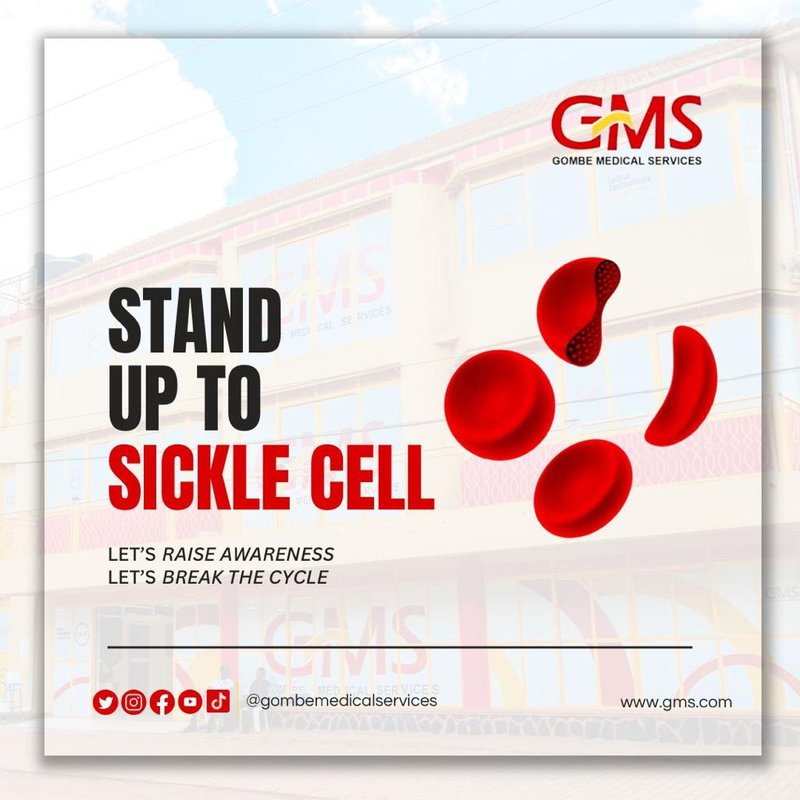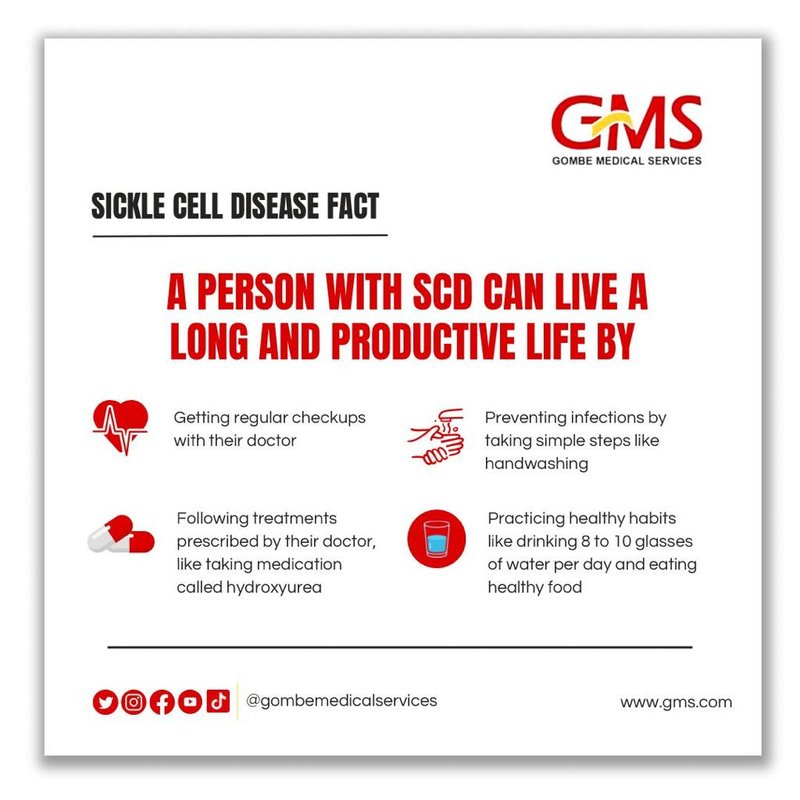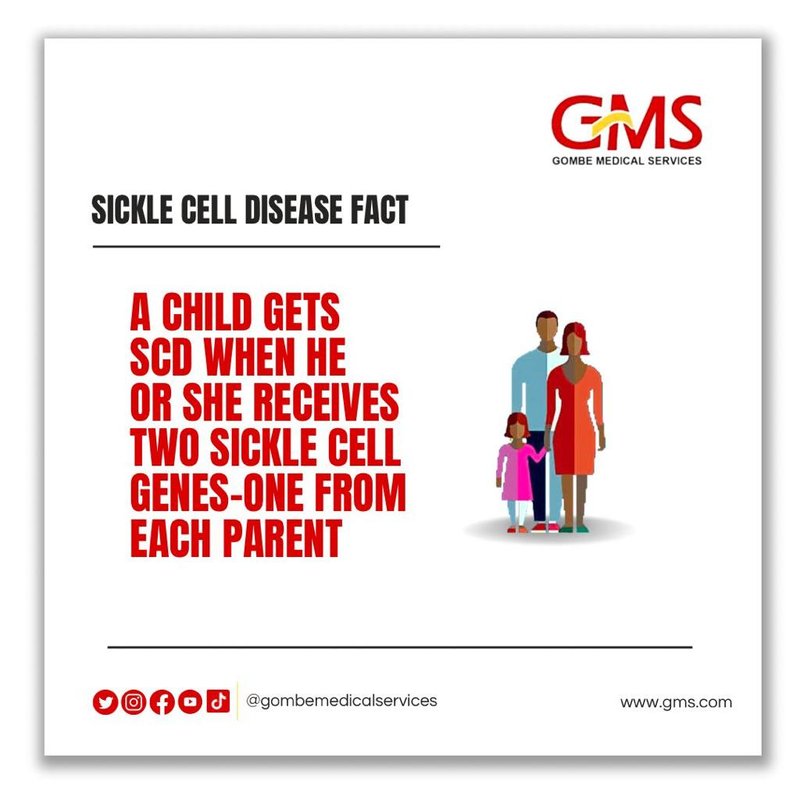Sickle Cell
We turn our attention to sickle cell anemia, a prevalent genetic disorder that plagues many individuals in Uganda. Join us as we delve into the impact of sickle cell disease (SCD) on Ugandan society, the challenges faced, and the efforts being made to combat this condition.
Understanding Sickle Cell Anemia:
Sickle cell anemia is an inherited blood disorder characterized by abnormal hemoglobin, the molecule responsible for carrying oxygen in red blood cells. In individuals with sickle cell disease, the red blood cells become crescent-shaped, rigid, and prone to clotting. This leads to reduced oxygen supply to various organs and tissues, resulting in severe pain, organ damage, and life-threatening complications.
Sickle Cell Anemia in Uganda:
Uganda bears a heavy burden of sickle cell anemia, with an estimated 20% of the population carrying the sickle cell trait. It is believed that around 25,000 children are born with SCD in Uganda each year, making it a significant public health concern. The prevalence of this condition is higher in certain ethnic groups, such as the Bakiga, Banyankole, and Basoga.
Challenges Faced:
The impact of sickle cell anemia extends beyond the physical pain experienced by affected individuals. Stigma, lack of awareness, and limited access to quality healthcare services exacerbate the challenges faced by patients and their families. Many Ugandans with sickle cell anemia struggle to receive timely and appropriate medical care, leading to a higher risk of complications and reduced quality of life.
Efforts to Combat Sickle Cell Anemia in Uganda:
Despite the obstacles, Uganda has made significant strides in addressing sickle cell anemia on multiple fronts. Here are a few noteworthy initiatives:
- Raising Awareness: Community-based organizations, healthcare providers, and the government are actively engaged in educating the public about sickle cell anemia, its inheritance pattern, and the importance of early diagnosis and management.
- Screening Programs: Various organizations have implemented population-wide sickle cell screening programs, targeting schools, antenatal clinics, and rural communities. Early identification of carriers enables genetic counseling and appropriate care for affected individuals.
- Treatment and Management: Healthcare facilities are working towards improving access to essential treatments, such as pain management, blood transfusions, and disease-modifying therapies. Additionally, comprehensive care clinics have been established to provide holistic support for patients with sickle cell anemia.
- Research and Collaborations: Local and international research collaborations aim to enhance our understanding of sickle cell anemia in the Ugandan context. This research provides valuable insights into new treatments, preventive strategies, and the social implications of the disease.
Conclusion:
We have made commendable efforts to tackle sickle cell anemia and alleviate the burden faced by individuals and families affected by this condition. Through awareness campaigns, improved screening programs, and enhanced medical care, there is hope for a brighter future for those living with sickle cell disease in Uganda.
At our hospital, we are committed to supporting patients with sickle cell anemia through specialized care, counseling, and ongoing research. By working together as a community, we can overcome the challenges associated with sickle cell anemia and foster a healthier and more inclusive society.
If you or a loved one is affected by sickle cell anemia, do not hesitate to reach out to our dedicated team of healthcare professionals. Together, we can make a difference in the lives of those battling this genetic disorder.
Remember, knowledge and compassion are our strongest tools in the fight against sickle cell anemia.








